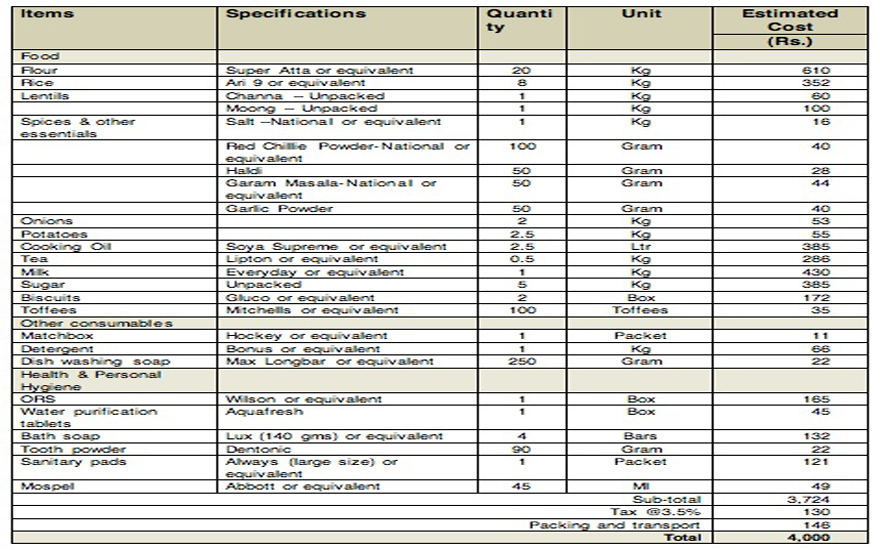Flood Victims Play Active Role in Relief Process
After watching the Omar Asghar Khan Development Foundation (OAKDF) operate with flood affectees in Nowshera District, our small group decided that we liked the way they work.
Going into flood-affected villages in northern Pakistan they do thorough assessments first. But they don’t do them alone. They get the community involved. And the community stays involved (see a photo gallery here).
OAKDF gets local affectees to elect a committee that then becomes integral to the assessment and distribution process. In fact, committee members effectively manage the distribution of relief goods. So while OAKDF raises funds, prepares the relief packages and delivers them directly to the flood-hit areas, the committee manages the lists of registered locals that record who received what and when they received it. “The affectees thus play an active role in partnership with the foundation to facilitate the relief process,” says Ali Asghar Khan, a key member within the organisation.
OAKDF also does not take on more than they can handle. We travelled with the NGO to an affected area in Akora Khattak in Nowshera District, Khyber Pakhtunkhwa, after putting together some funds from friends, families and colleagues. There were many mohallas hit by the flood, requiring assistance. They couldn’t help them all. They singled out three. The funds we raised went towards residents and families in these neighbourhoods. Other relief groups focused on the other areas.
The funds we provided were pooled with other donations to buy 115 food packets — our group funded 50 of those, a group from Karachi funded the remaining 65. Each large package was designed to feed a family of seven for 15 days; and each cost Rs4,000. (see the list below). So these 115 packages would feed about 800 people. Given that there was enough food to last two weeks, the package could not be contained in one easily transportable unit. It consisted of separate bags, sacks, cans and boxes.
Trucks filled with supplies reached the village before us. The cargo was offloaded and piled in a middle of a clearing next to the muddy road that wended its way near the fast-flowing Kabul River. Heavy sacks of flour and rice were piled waist high, forming security-barrier-style walls that kept the crowds of men and children on one side and the smaller items, such as sacks of potatoes, cans of cooking oil and boxes of cookies, on the other. Amazingly, the distribution process remained calm. There was no pushing and shoving. A committee member with a list of names controlled the situation with a few helpers. Men waited patiently in the humidity and as children milled about, absorbing the scene and waiting to help their fathers carry something back home. The multi-piece relief packages were handed out in an orderly fashion, and family representatives quietly carried their share away, bit by bit, as another family member stayed back to guard the rest.

Food for 15 days: The full list of a relief package put together by OAKDF shows food and non-food items for a family of seven
The area was hit badly: flood waters reached the top of some buildings here and brought some houses crashing to the ground. Still, many people had places to stay nearby: locals banded together here and ensured everyone had places to sleep and cook. As supplies were being distributed, men were working on restoring electricity to a neighbourhood: thick metal cables were being pulled through the street and men had shimmied up an electrical pole to string wires in the afternoon heat.
Heavy rain hit Nowshera District the week after we visited. Luckily, the residents of Mohalla Malla were unaffected, said Noor, a field worker with OAKDF, when I spoke to him over the phone for an update. But the residents will likely continue to need some assistance.
This is not the only area OAKDF is working in. They are also heavily involved in Kohistan where bridges have been washed away, leaving thousands stranded. Everywhere it operates, its work eventually shifts from relief to rehabilitation, with the locals actively involved in the entire process. That is the goal at least: as long as the relief funds keep coming in.
Related article: Flooded Village Looks Like Earthquake-hit Area



